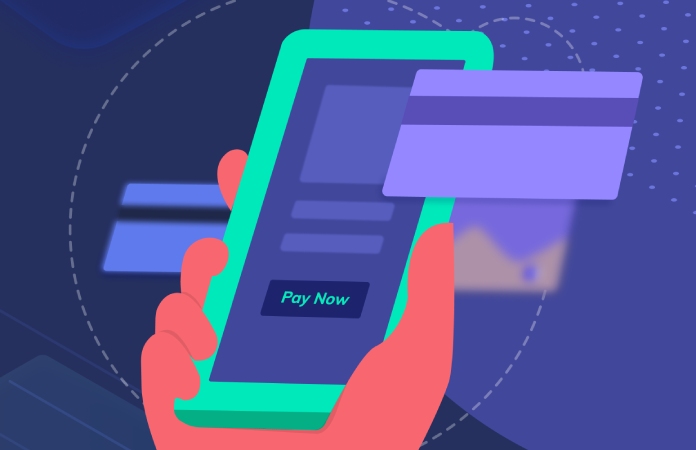
The world of digital payments isn’t just changing – it’s evolving at lightning speed. For businesses operating online, keeping up with these changes isn’t just about staying current – it’s about survival. Think of it as surfing a wave of innovation where those who adapt quickly catch the best rides. Digital payments have become a critical priority for businesses worldwide, fundamentally transforming how companies operate and compete.
We’re witnessing something remarkable in the digital payments space. The market continues to expand dramatically, signalling a fundamental shift in how we handle money. Businesses are realizing that their old payment systems might need more than just a tune-up; they need a complete overhaul to handle this new digital economy.
Payment integration is about more than just transactions
Imagine walking into a store that only accepts cash – feels limiting, right? That’s exactly how online customers feel when faced with restricted payment options. Looking at successful platforms like those listed as the CasinoNotOnGamStop.ltd top picks, we can see how offering various payment methods isn’t just convenient – it’s profitable. The online gaming sector has been particularly innovative in payment solutions, with platforms implementing everything from e-wallets to cryptocurrency options. Businesses that embrace multiple payment options consistently see increased sales. Mobile payments are experiencing unprecedented growth, with contactless payments becoming increasingly prevalent. Digital wallets and cryptocurrencies aren’t just trendy additions – they’re becoming essential tools in the modern business toolkit.
Security is the non-negotiable foundation
When it comes to digital payments, security isn’t just a feature – it’s the foundation everything else builds upon. Think of it as the digital equivalent of a bank vault. Modern businesses are implementing sophisticated encryption, multi-factor authentication and real-time fraud detection. Businesses with strong security experience fewer payment problems. Keeping up with regulations like GDPR and PSD2 might feel like solving a complex puzzle, but it’s crucial for maintaining customer trust and legal compliance.
Implementation strategies to make it work
Setting up digital payments isn’t like installing a new app – it needs careful planning and resources. A significant portion of IT budgets should be allocated to payment systems. It’s like building a house – you need the right foundation (platform compatibility) and room to grow (scalability). Cloud solutions offer the flexibility modern businesses need. Customer experience is crucial – many potential sales are lost when the payment process becomes too complicated. That’s like watching potential customers walk out of your store because they couldn’t find the checkout.
The future of payments
The payment landscape of tomorrow looks exciting, with AI and machine learning leading the charge in creating smarter, safer transactions. Embedded finance is making payments more seamless than ever. Businesses that embrace these changes early are positioned to see improved customer retention and growth. It’s like having a crystal ball – we can see where things are heading, and the businesses that prepare now will be the ones thriving tomorrow.